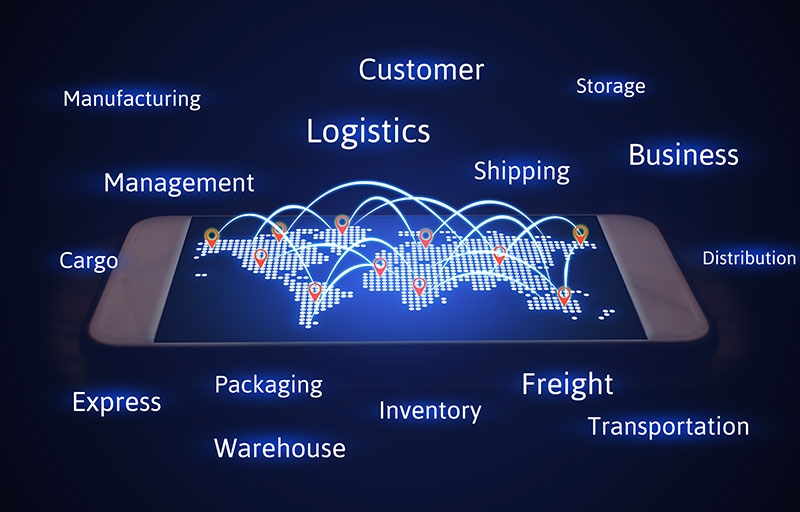
The May 24 expert panel, sponsored by Product Realization Group and Hardware Massive, shared current perspectives on onshore vs. offshore manufacturing.
How to Mitigate Risks of Offshore Manufacturing
Jim Van Patton, VP of Operations for Roost, a consumer electronics company that manufactures its product in Asia, outlines a framework for thinking about offshore manufacturing.
- Offshore manufacturing creates misunderstandings.
- Offshore manufacturing creates misunderstandings because usually the person you work with is merely the person who speaks English best. That person is not necessarily the person who has the expertise or skills to solve your problems.
- Misunderstandings are created because you typically deal with intermediaries. The dealings with intermediaries create confusion about your product requirements–which translates to confusion about quality, delivery & cost.

- Offshore manufacturing creates risks. Use DFMA (“Design For Manufacturing and Assembly”) thinking to assess and mitigate offshore supplier risks.
- Offshore manufacturing creates the 7 wastes of Lean Manufacturing (MUDA):
MUDA includes:- Transport
- Inventory
- Motion
- Waiting
- Over-Processing
- Overproduction
- Defects
Jim advises companies planning to manufacture overseas to think in these terms:
- How will I ensure the supplier will understand expectations – even as they change?
- How will I continually understand and mitigate supplier risks?
- How will I continually reduce MUDA to reduce costs & increase product quality?
Align with Strong Supply Chain Partners
Cindy Eldridge, Western Area Director for Avnet Electronics: A trend that Cindy sees today is that companies are taking back control of their supply base for critical devices.
- They know their channel of support.
- They know where their components come from.
- They have confidence in the supply chain behind their forecasted demand.

Cindy emphasize the need to align with strong supply chain partners:
- Strong partners can help you identify risk in your Bill of Material
- Consider your supply channel, so that you can control where the parts are coming from
- Develop a supply channel back to component manufacturers
- Consider the associated costs of transit
- Be informed of what the risks are and how business is different in different global regions. For example, you have parts that we consider standard in the U.S. and would afford little risk when your forecast changes. However, in Asia, common parts–even capacitors, resistors, standard semiconductor parts–may have a higher level of risk, because the stocking and procurement strategies are different than in the U.S.
- Align with a partner that uses its working capital and allows you to use your cash for further investment.
Consider Language, Location, & People

Shirish Joshi, a manufacturing consultant with over 30 years industry experience, agrees with Jim that language barriers are a major consideration when working with offshore manufacturers: language barriers add to complexity of the equation.
- When evaluating contract manufacturers, look around at how many English speakers there are in the company.
- How complicated is your product? If your product is complicated, integration is more challenging (in Asia).
- English language barriers are easier to overcome in Singapore and Malaysia. English is an official language in Singapore and is recognized in Malaysia. Generally documents don’t require translation, and phone conferences are much easier to conduct!
Shirish shared an interesting insight into how important good employees are to product quality, as he discussed his experience with holiday practices in Asian countries, particularly for Chinese or Lunar New Year. You can anticipate prolonged factory shutdowns for holiday observances, with little or no response to email or phone calls, as employees generally travel to celebrate with family. Also, factories traditionally pay annual bonuses before New Years, and there is high employee turnover after bonuses are paid. If new employees must be hired to support your product, they must be trained, and there is potential for quality and reliability lapses with your product.
Don’t Underestimate Product Complexity & Counterfeiting

Dior Wu, CEO of Meritronics, a contract manufacturer with plants in California, Las Vegas and China, sees product complexity as a big factor in motivating companies to reconsider manufacturing in China including:
- the risk of counterfeit parts in China is too great
- the use of counterfeit parts affects product quality
Dior finds that Chinese contract manufacturers try to undercut long lead times on specialty parts by supplying counterfeit parts, even down to the packaging. While the product may satisfy your product’s design specification, it will probably miss the mark on quality. “A lot of the time they don’t understand that quality requirements in the US are a lot higher than those in China.


